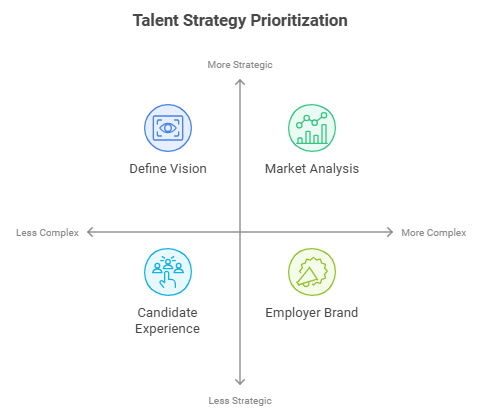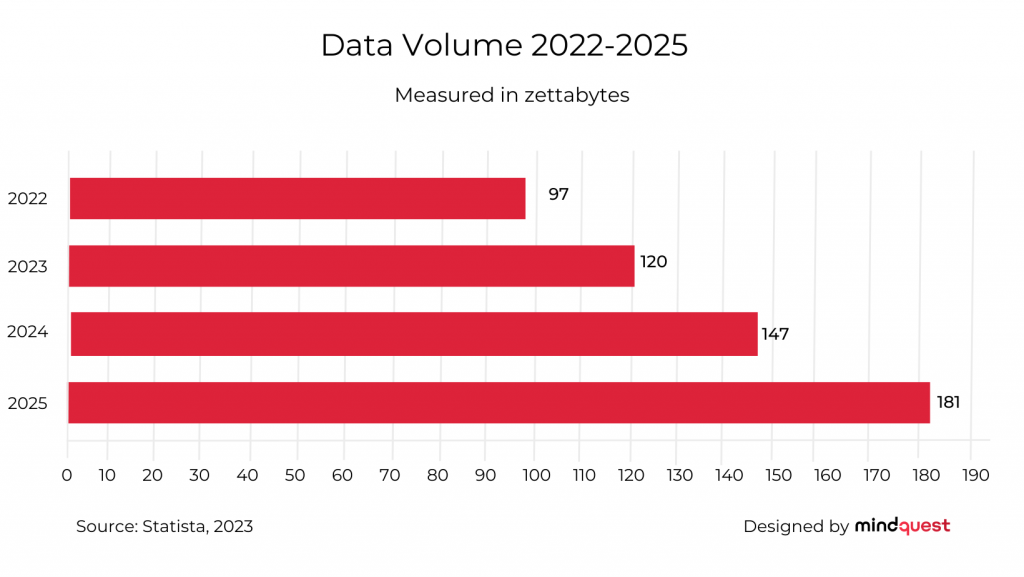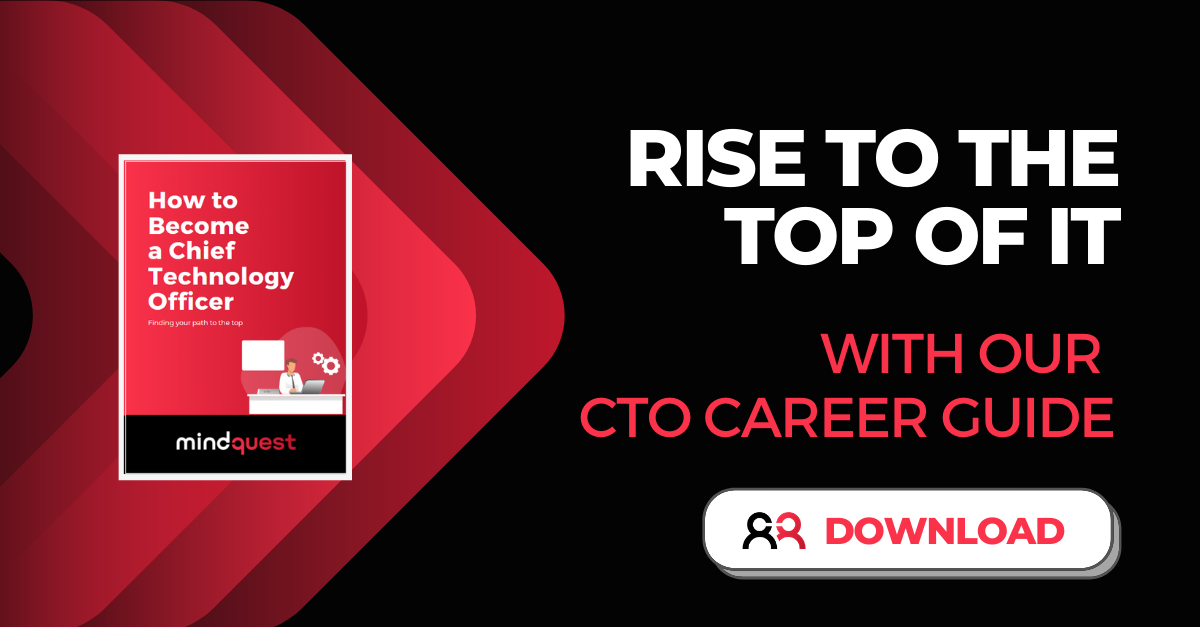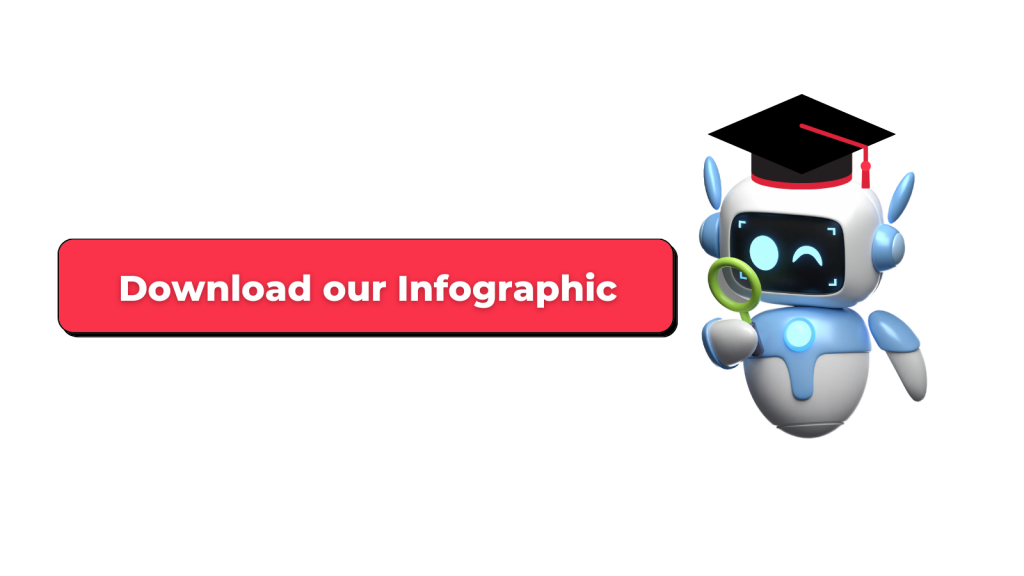When it comes to building a successful recruitment process, Talent Strategy Prioritization is essential. In today’s competitive hiring landscape, companies must know which steps to focus on to attract and retain top talent efficiently. From defining your vision to enhancing the candidate experience, prioritizing the right actions at the right time can make or break your strategy.
In this blog, we’ll break down the key components of a talent strategy and guide you on how to prioritize them effectively, ensuring long-term success for your business.
Need advice on how to start or develop your freelance consulting business in tech or IT? Need to start a new permanent or freelance assignment? Join Mindquest and get support from our team of experts.

Understanding Strategic vs. Tactical Actions
Before diving into prioritization, it’s essential to distinguish between strategic and tactical actions within a talent strategy. Both are important, but they serve different purposes:
- 🎯Strategic actions: These have long-term implications and directly align recruitment efforts with the company’s overall vision and goals. Examples include market analysis and defining the company’s talent vision.
- ⚙️ Tactical actions: These tend to address short-term goals or immediate recruitment needs. For instance, candidate experience improvements and job postings fall into this category.
The challenge? Knowing when to focus on strategic moves and when to zoom in on the tactical side to meet more urgent needs.
Also, read how to manage the onboarding of IT contractors in 5 steps
The Role of Vision Definition: Strategic but Simple
One of the most critical first steps in talent strategy is defining your company’s vision. This is often overlooked because it seems obvious, but a clear talent vision ensures your recruitment efforts are aligned with your company’s future growth.
- Why it’s strategic: A strong vision informs everything from the types of candidates you want to attract to the values that will resonate with potential hires. It gives your recruitment efforts direction and helps in shaping job roles, expectations, and team structures.
- Why it’s less complex: Vision-setting requires internal discussion, clarification of company objectives, and a look at your long-term goals. It’s less complex because it doesn’t involve external factors or market research, making it an ideal first step.
💡 Prioritization tip: This is a crucial starting point. Even though it’s a relatively simple process, defining your vision should always come first, as it sets the foundation for the rest of your talent strategy.

Market Analysis: Strategic but Complex
Once your vision is clear, the next step is conducting a thorough market analysis. This involves understanding industry trends, salary benchmarks, and competitor strategies.
- Why it’s strategic: Market analysis is essential to align your talent strategy with market realities. It helps you understand where to find the best talent, what salary ranges to offer, and how to differentiate your company in a competitive job market.
- Why it’s complex: Market analysis requires significant data collection, industry research, and sometimes external expertise. You need to gather information about competitors, talent availability, and market shifts, making this a time-consuming but essential part of the process.
💡 Prioritization tip: Although complex, market analysis is critical for a well-rounded talent strategy. Prioritize this step early, especially if you’re entering a new industry or expanding into a new market.
Also, discover 3 Advantages of Working with an SAP Recruitment Agency
Candidate Experience: Tactical but Critical
While long-term strategic actions are important, don’t underestimate the power of candidate experience—a tactical but crucial aspect of your talent strategy.
- Why it’s tactical: Candidate experience is more about operational efficiency than long-term strategy. From the moment candidates apply, they should feel valued and engaged. Streamlining your application process, providing regular communication, and delivering timely feedback are all essential for keeping top candidates interested.
- Why it’s critical: In today’s job market, top talent is often in high demand. A slow or poor experience can result in losing great candidates to more responsive companies.
💡 Prioritization tip: Candidate experience may not be as strategic as market analysis, but it’s an area where you can make immediate improvements. Make sure your candidate experience is optimized, especially when you’re actively hiring.
You may also find interesting Top 5 Strategies to Overcome the AI Talent Gap
Employer Branding: Tactical but Complex
Building a strong employer brand can be a game-changer when it comes to attracting talent. However, creating a compelling employer brand takes time and requires consistency.
- Why it’s tactical: Employer branding focuses on how your company is perceived by potential candidates. It’s not necessarily tied to long-term business objectives but can have immediate recruitment benefits by positioning your company as an attractive place to work.
- Why it’s complex: Establishing a strong employer brand involves various touchpoints, from social media presence to employee testimonials. It requires ongoing effort and alignment between your HR and marketing teams.
💡 Prioritization tip: Employer branding should be a medium-term priority. If you’re struggling to fill positions, it’s worth investing in. But if you’re in the early stages of defining your vision or analyzing the market, those steps should come first.
Discover also our article: How to Manage the Offboarding of IT Contractors in 7 Steps
Prioritization in Action: When to Go Strategic vs. Tactical
So, how do you know when to prioritize strategic actions over tactical ones?
- 🌱 Early-stage companies: If you’re just starting out or entering a new market, focus on strategic actions like vision definition and market analysis first. These will shape your long-term recruitment success.
- 🔍 Actively hiring: If you’re in a rush to hire or competing for talent in a hot market, prioritize candidate experience and employer branding to secure short-term wins.
- 📈 Growth phase: If your company is scaling, it’s critical to balance both. Strategic steps will help ensure long-term success, but tactical improvements will help you fill roles quickly without sacrificing quality.
Balancing the Two for Long-Term Success
Ultimately, an effective talent strategy is about balancing both strategic and tactical actions. Prioritizing one over the other at the wrong time can lead to missteps, but with careful planning, you can integrate both for maximum impact.
Regularly reassess your priorities as the market evolves and your company grows. What was tactical yesterday might become strategic tomorrow, and vice versa.
Conclusion: Focus on What Matters Most
The key to a successful talent strategy is knowing what to prioritize at each stage of your recruitment journey. Whether it’s defining a clear vision or optimizing your candidate experience, the right focus at the right time can help you attract top talent and set your company up for long-term success.
Ready to build a winning talent strategy? Explore the 10 essential steps in our full guide























